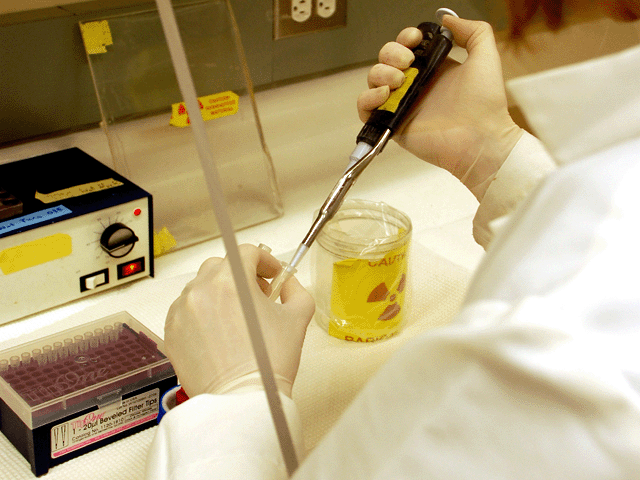Team:UANL Mty-Mexico/Safety/potential risks
From 2013.igem.org
Safety
Potential Risks
Given its natural habitat of the large bowel of mammals, E. coli will not likely survive for long periods in soil, water, or air. E. coli K-12 has been shown to have poorer survival characteristics in soil and water than other E. coli . The ability of E.coli to survive under environmental conditionsis thus very limited. E. coli K-12 has no known survival mechanisms in the environment, such as the ability to produce spores.
E. coli is an inhabitant of the human colon, and it is thought that the primary means through which humans acquire their intestinal flora is through ingestion. Workers in fermentation facilities would not be expected to ingest E. coli under standard good practice, which prohibits the ingestion of food in work areas; however, some inhaled bacteria could be swallowed.
As noted above, K-12 is defective in cell wall components relevant to the ability to recognize and adhere to the mucosal surface of colonic cells(Curtiss, 1978). The normal flora in residence in the colon thus can easily exclude K-12, and prevent it from colonizing the human colon in case of ingestion.

E. coli K-12 is defective in at least three cell wall characteristics:
a) The outer membrane has a defective lipopolysaccharide core which affects the attachment of the O-antigen polysaccharide side chains (Curtiss, 1978).
b) It does not have the type of glycocalyx required for attachment to the mucosal surface of the human colon (Edberg, 1991) as a result of the altered O-antigen properties noted above.
c) K-12 strains do not appear to express capsular (K) antigens, which are heat-labile polysaccharides important for colonization and virulence(Curtiss, 1978).
We discard any public and environmental safety concerns because we’ll be working with typical laboratory strain (DH-5alfa), which have very low competitive advantages against wild-type microorganisms in the case of an accidental release. Appropriate handling measures will be also applied for genetically modified bacteria and as previously mentioned, K-12 strains are not pathogenic for humans, animals nor plants, and the genetic modifications made in the laboratory won’t improve in this particular case the ability of the bacteria to affect the human health. Also none of the genes that will be employed (both, BioBricks and synthesized sequences) contain any sequence that shows resemblance to any known virulent agent.
 "
"
